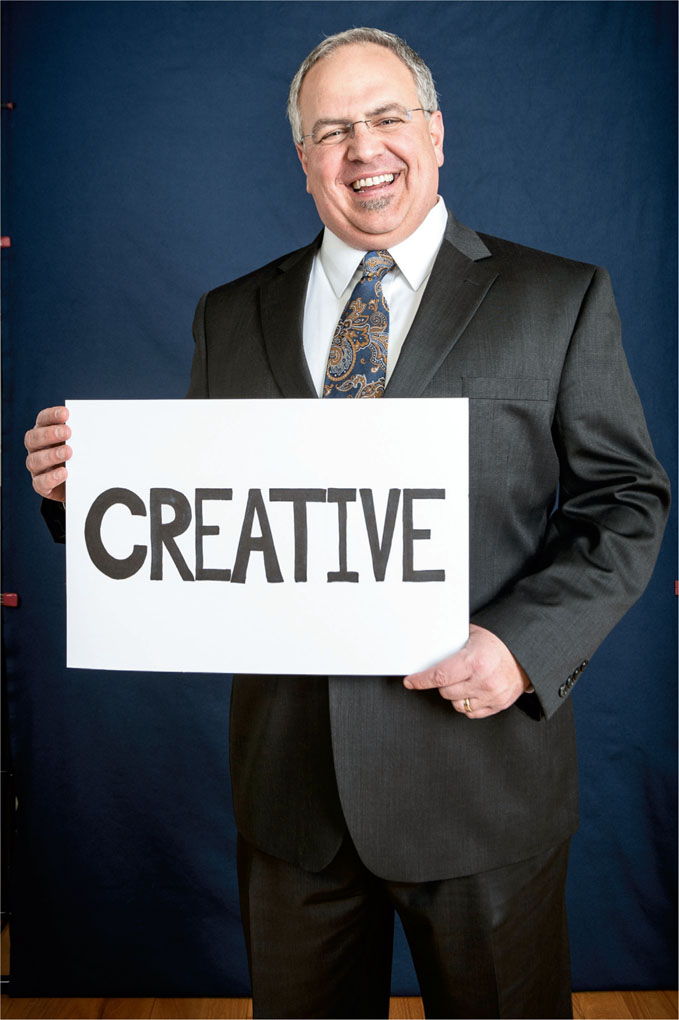 As health care costs continue to climb, Aaron Davis, president of NextLogical Benefit Strategies in Westminster, Md., is dedicated to helping his clients battle these higher rates with creative solutions that focus on employee health along with his full line of ancillary products.
As health care costs continue to climb, Aaron Davis, president of NextLogical Benefit Strategies in Westminster, Md., is dedicated to helping his clients battle these higher rates with creative solutions that focus on employee health along with his full line of ancillary products.
Many brokers tend to take a more reactive approach to managing health care. Once the renewals are in, a broker might then look at different employee contributions, benefit plan changes or carrier options. However, Davis believes true cost savings come from making long-term, sustainable health changes among the employee population.
“We tend to be a very nontraditional firm, and we have nontraditional outcomes and benefits as a result,” Davis says. “We decided to take a proactive approach regarding today's health care environment. More than half of our staff is made up of health care clinicians, wellness experts, dieticians and behavior modification experts.”
Recommended For You
Complete your profile to continue reading and get FREE access to BenefitsPRO, part of your ALM digital membership.
Your access to unlimited BenefitsPRO content isn’t changing.
Once you are an ALM digital member, you’ll receive:
- Breaking benefits news and analysis, on-site and via our newsletters and custom alerts
- Educational webcasts, white papers, and ebooks from industry thought leaders
- Critical converage of the property casualty insurance and financial advisory markets on our other ALM sites, PropertyCasualty360 and ThinkAdvisor
Already have an account? Sign In Now
© 2025 ALM Global, LLC, All Rights Reserved. Request academic re-use from www.copyright.com. All other uses, submit a request to [email protected]. For more information visit Asset & Logo Licensing.








